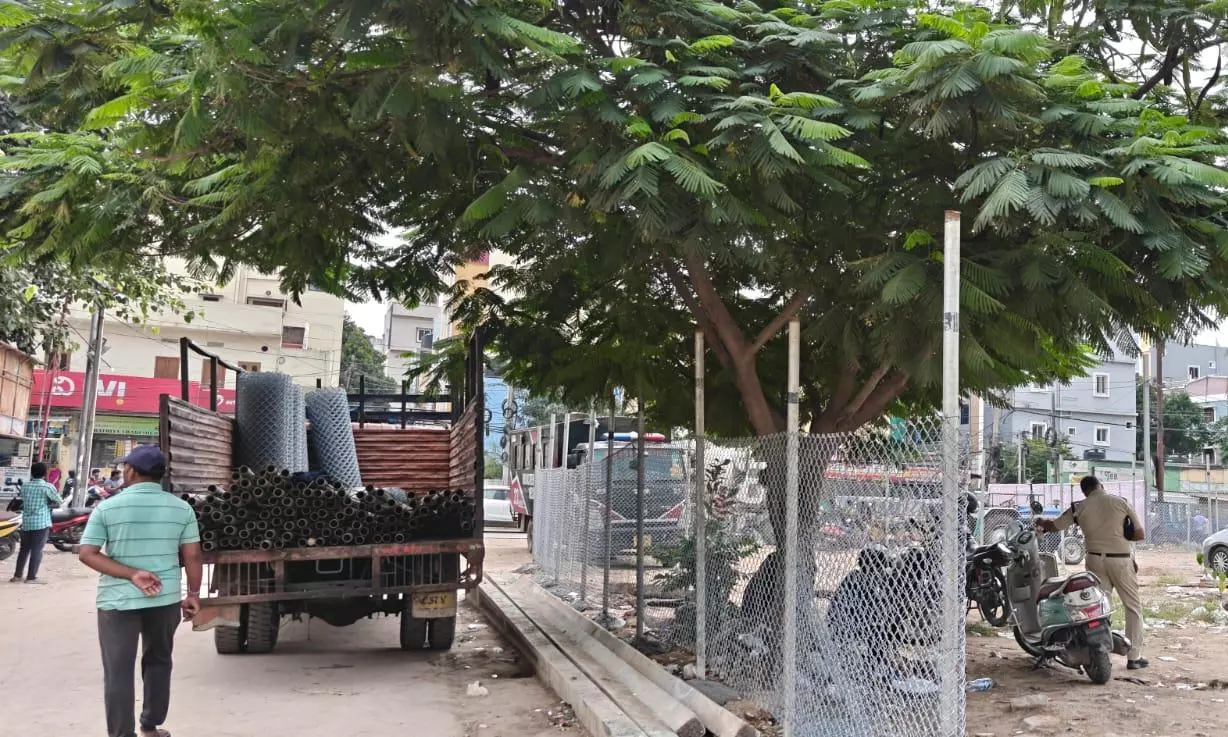Cool guys may have scars, but plenty of people would relish the opportunity to get rid of their own. In new research out this week, an experimental drug has shown promise at being able to clear up lingering scar tissue.
Scientists in Australia conducted the study, a phase I trial of a tropical cream developed by the company Syntara. People applying the cream experienced no major side effects, they found, and the drug appeared to trigger changes in the skin within older, or mature, scars. Though these results are still early, they may point to a potential treatment for otherwise permanent scars, the researchers say.
Why scars are so pesky
Our skin tends to heal easily from minor wounds and without lasting blemishes, but larger or deeper injuries often lead to the formation of scar tissue. Most scars fade over time and become less noticeable, but they rarely disappear completely. And extensive scarring can drastically change our appearance or even hamper the movement of nearby joints and muscles.
Though interventions like surgery or laser treatment can improve the appearance of scars, scientists are still trying to find less intrusive treatments that can either prevent or clear up scar tissue.
The company Syntara (previously known as Pharmaxis) has been developing a drug codenamed SNT-6302 for scar treatment. It’s intended to work by inhibiting enzymes known as lysyl oxidases. These enzymes encourage the production of “cross-links” that tightly bind strands of collagen together. Though lysyl oxidases do normally help keep our skin healthy and intact, their overproduction helps cause stiff and permanent scar tissue. So by inhibiting the production of these enzymes in scar tissue with drugs like SNT-6302, the hope is to encourage the reemergence of healthy-looking skin.
Early promise
Researchers at Fiona Stanley Hospital and the University of Western Australia helped test SNT-6302 in a small phase I trial of 50 volunteers, all of whom had mature scars (a scar is mature when it’s fully stabilized and is no longer inflamed or itchy).
Eight volunteers were openly given SNT-6302 to take daily, while the rest were randomly assigned to receive either the drug or a placebo cream. Those in the randomized group applied the treatment to their scars three times a week for three months.

Phase I trials are primarily intended to test an experimental drug or vaccine’s safety, and SNT-6302 appeared to meet that benchmark. The only reported adverse events related to the treatment were mild to moderate localized skin reactions, though six participants did discontinue it as a result. The drug also seemed to show some initial signs of working as hoped.
In the treatment group, the drug reduced lysyl oxidase activity by 66%, and it seemed to lower production of collagen and total protein. Imaging tests also found that SNT-6302 increased the density of microscopic blood vessels, suggesting a remodeling of the skin to more resemble unscarred tissue.
The team’s results, published Thursday in Science Translational Medicine, are still preliminary. But the safety findings, the successful inhibition of lysyl oxidases, and the early signs of skin remodeling do provide support for larger and longer phase II trials of SNT-6302, the researchers wrote.
Here’s hoping the drug continues to work as hoped, and I can finally erase my embarrassing reminder of the time I tried to ride a bike while eating a hot dog when I was five.












































